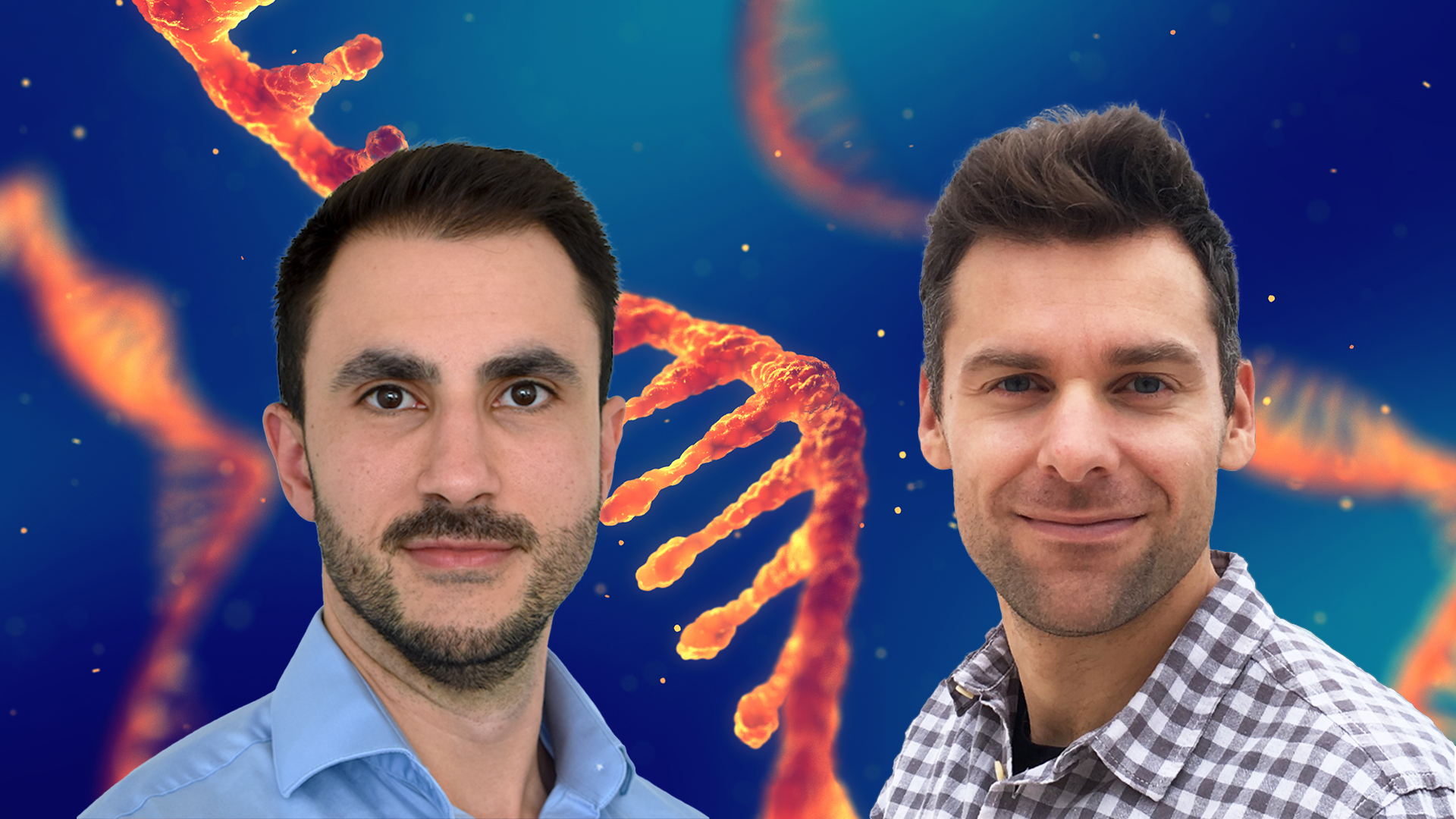Subsets of Innate lymphoid cells identified with support from SciLifeLab’s Genomics and Bioinformatics platforms
A group of Swedish researchers from several universities, among them first author Luca Mazzurana (KI), have identified four subsets of innate lymphoid cells in the human colon. The find was enabled by support from SciLifeLab’s units National Genomics Infrastructure and Eukaryotic Single Cell Genomics, as well as SciLifeLab Bioinformatics’ platform NBIS and its Long-term support unit WABI.
Innate lymphoid cells (ILCs) form a first-line immune defense against microbes and also contribute to tissue repair. ILCs are found in most organs but their specific function due to localization in humans is unknown. Because immune activation and inflammation can be tissue-specific, it is important to understand what differentiates immune cells in different organs.
In the article published in Cell Research, the team of researchers describes molecules unique to tissue-resident and circulating ILCs in four non-inflamed human tissues, based on transcriptional analysis of individual ILCs isolated from blood, tonsils, lung, and colon.
“We have identified four subsets of ILC3 in the human colon which we believe represent different activation states. These four subsets have different transcriptomes, indicating that they have specialized functions in the colon”, says last author Jenny Mjösberg (KI).
A fresh perspective
“When Paulo Czarnewski (NBIS) came in as the bioinformatician in our project, he took on a slightly different approach of analyzing the data which was based on co-regulation of genes across cell types. This changed everything for us and suddenly our dataset was more understandable, we could draw conclusions and perform validation experiments. From that point, we could just enjoy our data and write the paper”, she says.
“We detected a lung-specific ILC2 population with peculiar properties. The origin of lung ILC2 could be investigated experimentally by exposing ILC2 from blood to a lung-like environment in vitro (i.e. in a test tube). When we did that, the blood ILC2 acquired the surface phenotype of lung ILC2. This means that we can explain how ILC2 that enter the lung from the blood acquire a lung phenotype”, she continues.
They also found a subset of ILCs in the blood that has characteristics of immature ILCs. These immature cells seem to perform so-called re-arrangement of certain T-cell receptor genes. This is a feature of other non-T cell lymphocytes including immature natural killer (NK) cells. According to the researchers, this is likely a reflection of the close developmental relationship between ILCs, NK cells, and T-cells. The differentiation of these potentially immature ILCs in blood now needs to be unraveled.
A collaboration between platforms
The single-cell RNA sequencing on the Smartseq2 platform was performed at the Eukaryotic Single Cell Genomics (ESCG) unit, and the sequencing at the National Genomics Infrastructure (NGI), SciLifeLab.
“I would say that 80% of the data was generated there. For the data analysis, we had Bioinformatics long-term support (WABI) of a total of 800 hours”, says Jenny Mjösberg.
From a technical and logistic point of view single-cell flow cytometric sorting of relatively rare populations of cells, such as ILCs from fresh human tissues, is complicated.
“We also performed this project at a time when the single-cell unit was quite overloaded, so it took some time to generate the data. We also had an unexpected turnover in bioinformaticians that helped us with the analysis at NBIS. So there were definitively challenges. But overall, SciLifeLab made it possible for us to do this project in the first place, and for that, we are very grateful”, says Jenny.
Several bioinformaticians from NBIS were involved in the project: Viktor Jonsson, Leif Wigge, Markus Ringnér and Åsa Björklund.
“These guys were all instrumental to the study and also trained first author and PhD student Luca Mazzurana to perform some of the analyses himself”, she continues.
“We provide our data as a resource to the scientific community in the hope that it will be widely used in immunological research also beyond studies of ILCs. Using these data we have generated a basic understanding of ILCs in these four non-affected human tissues. In the next step, we of course want to know more about how ILCs contribute to inflammation and cancer in the gut, where we believe that they could serve as targets for therapy. In that quest, transcriptional analysis is important in identifying specific novel treatment targets.”
Read the article published in Cell Research
Picture: First author Luca Mazzurana (KI) and Paulo Czarnewski (NBIS).





